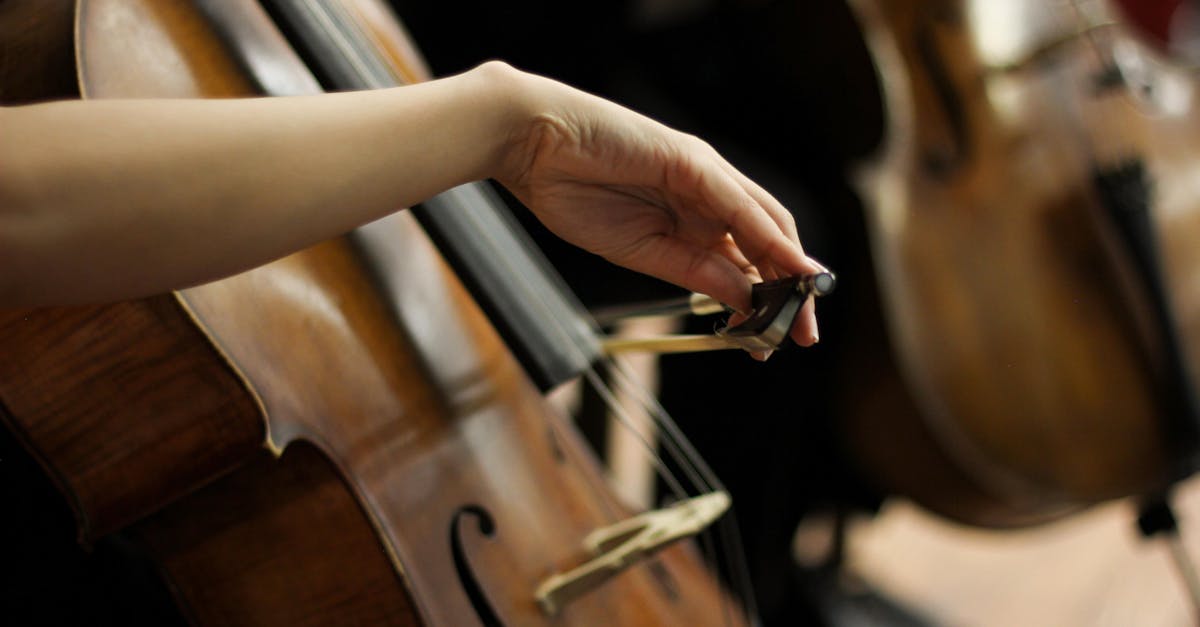Discovering the World Music Soundscape
Introduction to World Music Soundscape
Music is a universal language, transcending borders, cultures, and generations. It is a tapestry woven from vibrant sounds, rhythms, and traditions that define our human experience. The world music soundscape is a profound exploration of diverse musical expressions from every corner of the globe. From the pulse of African drums to the lilting melodies of Indian sitars, each sound tells a story, revealing the heart and soul of its culture. This exploration is not just an aural experience; it represents an opportunity to understand and celebrate our shared humanity. It is a bridge that connects people and traditions, a dialogue between different worlds.
Advertisement
The Roots of World Music
The concept of world music encapsulates a profound diversity of styles, genres, and cultural influences. Its roots stretch back to the earliest human societies, where music served essential roles in ceremony, communication, and storytelling. Traditional music, often passed down orally through generations, lays the foundation for world music. In Africa, for instance, griot storytellers use kora instruments to recount history and folklore, imbuing their narratives with rhythm and emotion. Similarly, Indigenous cultures in the Americas and Australia have long used music as a tool for spiritual connection, employing unique instruments and vocal styles to communicate with the divine.
Advertisement
Global Influences and Fusion
World music is not static; it continues to evolve through interaction and fusion across cultures. Throughout history, globalization and migration have facilitated the sharing and blending of musical traditions. This interchange mirrors the cultural exchanges that occur in societies. For example, the introduction of European instruments to Latin America during the colonial period birthed new genres like salsa and samba. Similarly, in recent decades, collaborations between Western artists and musicians from diverse backgrounds have produced innovative musical styles that challenge borders, such as Afrobeat, reggae, and even K-pop, making them accessible to a global audience.
Advertisement
Unique Instruments from Around the World
One of the richest aspects of world music lies in its instrumentation, featuring a plethora of unique and culturally specific instruments. The Australian didgeridoo creates a deep, resonant sound that evokes nature's primal rhythms. The Indian tabla offers intricate rhythmic patterns central to classical Indian music. In Ireland, the bodhrán drum beats the soulful pulse of Céilí music, while in Japan, the koto produces delicate and intricate melodies. Each instrument not only produces distinct sounds but also holds cultural significance, embodying the artistic and historical legacy of its people. Within this diversity, we find common threads that link human experiences through music.
Advertisement
Vocal Traditions Across Cultures
The vocal tradition is a cornerstone of world music, reflecting societal values and collective memories. Vocal styles vary widely across cultures, from the powerful throat singing of the Tuvan people in Siberia to the complex harmonies of Georgian polyphonic singing. In the Middle East, maqam structures provide frameworks for rich melodic improvisation in Arabic music. Native American chants are deeply spiritual, connecting communities to their ancestors. These vocal traditions often express emotions, beliefs, and communal stories, serving as an essential element in preserving cultural heritage. The beauty and complexity of these vocal styles resonate with listeners, transcending language and cultural barriers.
Advertisement
World Music and Social Change
World music serves as a catalyst for social awareness and change, empowering marginalized communities while raising global consciousness. Artists use their music to address pressing issues such as political unrest, environmental degradation, and social inequality. For example, in South Africa, anti-apartheid songs like "Nkosi Sikelel' iAfrika" became anthems of resistance and hope. Musicians worldwide continue to use their platforms to champion social justice, illustrating the power of music as a force for positive change. The Global Citizen initiative, for instance, unites musicians and fans in a concerted effort to tackle global challenges, proving that music can indeed inspire action and unite people for the common good.
Advertisement
Challenges to Cultural Preservation
As global music industries proliferate, they sometimes threaten the preservation of local traditions and cultures. The commercialization of music often prioritizes genres with broader appeal, potentially overshadowing traditional music. This phenomenon, known as cultural homogenization, risks the erosion of cultural diversity. However, many organizations and artists are committed to preserving and promoting traditional sounds by recording, teaching, and sharing them on international platforms. Such initiatives emphasize the importance of maintaining cultural identity, ensuring that these invaluable heritage forms are not lost to future generations but celebrated in their authenticity and richness.
Advertisement
Technological Impact on World Music Soundscape
The technological advancement of the digital age has transformed how music is created, distributed, and consumed, leading to increased accessibility and exposure for world music sounds. Streaming services and social media platforms allow artists to reach global audiences effortlessly, while affordable production tools enable independent musicians to create polished works. This democratization of music distribution enriches the world music soundscape and fosters cross-cultural collaborations and artistic innovation. However, it also presents hurdles, such as copyright issues and economic disparities between artists from developing regions compared to those in affluent countries.
Advertisement
Revitalizing Traditional Music in Modern Contexts
Revival and reinterpretation of traditional music within contemporary contexts are exciting developments in the world music landscape. Youths across the globe are rediscovering their musical roots, blending ancestral sounds with modern technology to create new genres. The Indian classical-electronic fusion and the Nordic folk-metal movement are notable examples of such innovations. These contemporary renditions not only preserve cultural heritage but also keep it alive and relevant for future generations. By integrating traditional music into modern contexts, artists maintain cultural narratives while engaging young audiences, breathing new life into age-old practices.
Advertisement
Conclusion and Appreciation
The world music soundscape is a rich and dynamic tapestry of sounds, rhythms, and melodies that depict the unique narratives of our shared humanity. It encompasses diverse traditions, from historical roots to modern fusions, showcasing the creativity and resilience of human expression. Its ability to unite cultures and inspire change highlights its significance in our global society. Embracing world music enriches our understanding of different cultures, building bridges and fostering respect. With continued emphasis on preservation and creativity, the world music soundscape will persist as an integral part of our cultural heritage and collective future, an endless journey weaving together the rhythms of our world.
Advertisement







